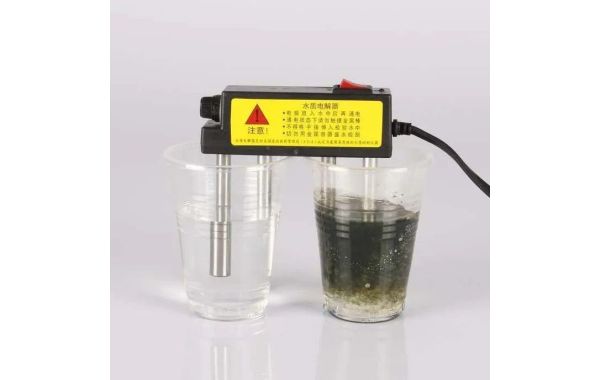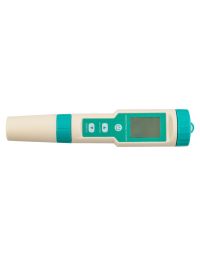Electrolysis Devices and the Misleading Test for Dissolved Solids in Water
Water quality is a critical concern for both public health and environmental sustainability. Understanding the composition of water, specifically the presence of dissolved solids, is essential for various applications, including drinking water treatment, industrial processes, and environmental monitoring. Electrolysis devices have often been touted as a simple and effective way to demonstrate the presence of dissolved solids in water. However, while this method may provide some insights, it can also be highly misleading. In this blog, we will explore the use of electrolysis devices for testing dissolved solids in water and discuss why this test can lead to inaccurate conclusions.
The Principle of Electrolysis
Electrolysis is a chemical process that involves passing an electric current through an electrolyte, typically a solution or a molten substance. During this process, the electric current causes ions in the electrolyte to move, resulting in chemical reactions at the electrodes. In the context of testing for dissolved solids in water, the idea is to use electrolysis to separate any solids present in the water into visible particles.
How Electrolysis Devices are Used
- Assemble the Electrolysis Setup: You'll need two electrodes (usually metal plates), a power source (such as a battery or power supply), and a container filled with the water you want to test.
- Immerse the Electrodes: Submerge the two electrodes into the water. One electrode will be the anode (positive), and the other will be the cathode (negative).
- Apply an Electric Current: Turn on the power source to allow an electric current to pass through the water. This current initiates the electrolysis process.
- Observe Reactions: As the electric current flows, chemical reactions occur at the electrodes. These reactions may cause any dissolved solids in the water to come out of solution and become visible as particles. This is where the test is supposed to demonstrate the presence of dissolved solids.
Why This Test Is Misleading
While the use of electrolysis devices to test for dissolved solids may seem straightforward, several factors make this method misleading and unreliable:
- Selective Detection: Electrolysis is selective in what it can detect. It primarily detects ions present in the water, which means it may not capture all dissolved solids. Some solids may remain undetected if they do not form ions or if they do not react during the electrolysis process.
- Inaccurate Quantification: The method does not provide accurate quantification of dissolved solids. It can only offer a qualitative assessment, indicating whether there are solids present or not. It cannot tell you the concentration or the types of solids in the water.
- Interference from Impurities: Electrolysis may also produce reactions at the electrodes themselves, especially if they are made of reactive materials. These reactions can introduce impurities into the water, leading to false-positive results.
- Complexity of Dissolved Solids: Dissolved solids in water can be quite complex. They can consist of various ions, organic compounds, and even gases. Electrolysis may not effectively capture all these components, leading to an incomplete picture of water quality.
- Misinterpretation: People may misinterpret the presence of visible particles as a sign of poor water quality, which is not necessarily the case. Some dissolved solids, such as minerals, can be entirely natural and harmless.
Conclusion
While electrolysis devices may offer a visually striking way to demonstrate the presence of dissolved solids in water, they should be used with caution and a full understanding of their limitations. This method provides only a partial and qualitative view of water quality, making it highly misleading for assessing water safety or making informed decisions about water treatment. For accurate and comprehensive water quality analysis, it is essential to rely on more sophisticated laboratory techniques and tests that can provide detailed information about the types and concentrations of dissolved solids in the water.









